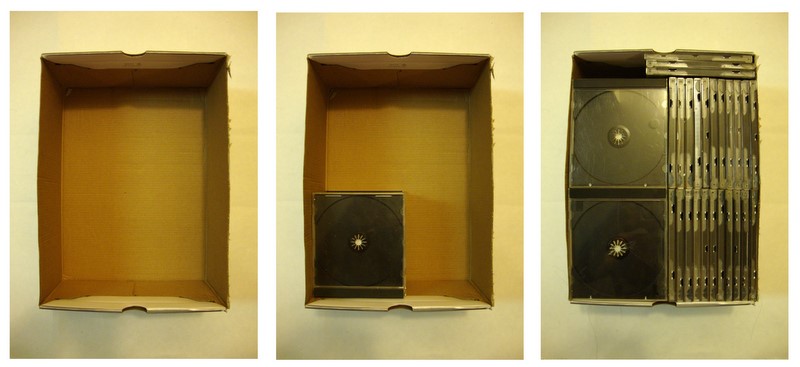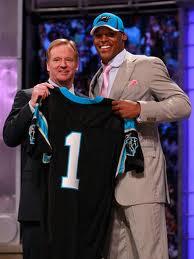I consider myself an expert arranger of things. I enjoy rearranging storage space, packing things away, and helping people fill up moving trucks. It’s a way to apply geometry and optimization techniques, two of my favorite things.
In general, the packing problem entails trying to find the most efficient way to pack a certain kind (or kinds) of object into a certain fixed space. Packing problems are, generally speaking, very challenging because every packing problem is unique. There isn’t a good, efficient procedure that solves them all.
Here is yet another example of problems with packing problems. After shedding a bunch of CD cases, I thought I’d try to pack them up in a box. Here was my first attempt.
I got 49 CDs in the box, but there was a bit of unused space left over. I couldn’t fit a CD into that unused space, but I thought maybe I could rearrange everything to make some of that space usable.
The number of CDs in this new arrangement differed by one. While I can compare which of these packings is more efficient, the problem is comparing all possible packings! There are a lot of options to consider.
As useless as they are, I ended up having a lot of fun with these CD cases. I made some parallelepipeds with them and used them to demonstrate Cavalieri’s Principle!
Related Posts
- CDs, Prisms, and Parallelepipeds
- CDs and Cavalieri’s Principle
- CDs and Cavalieri’s Principle: Part 2






